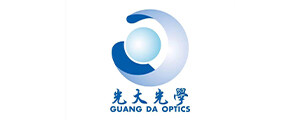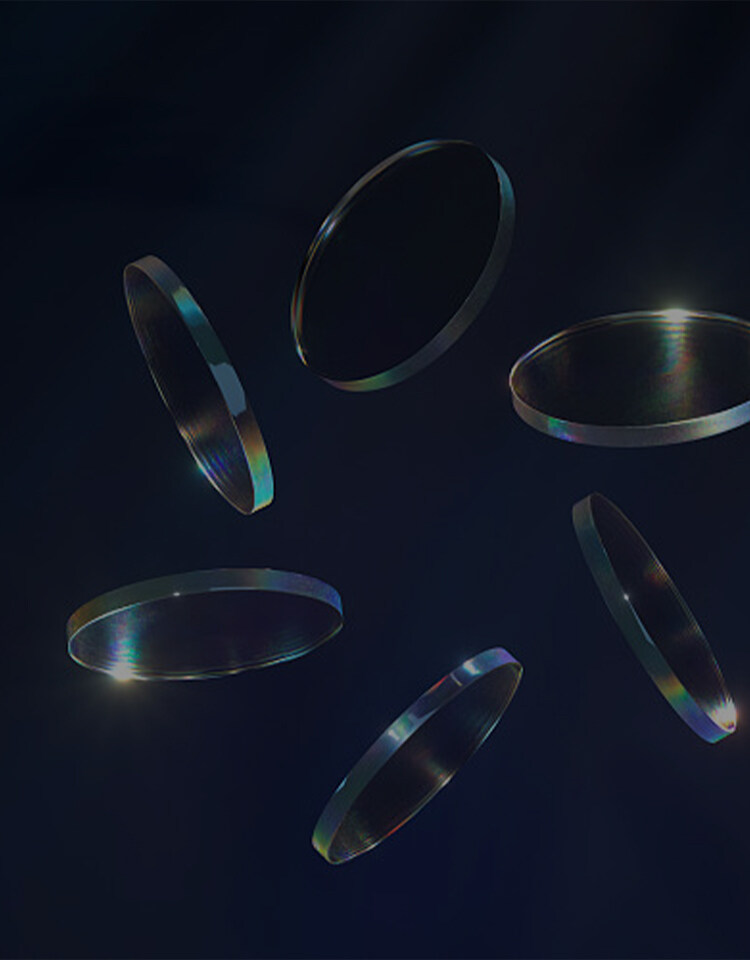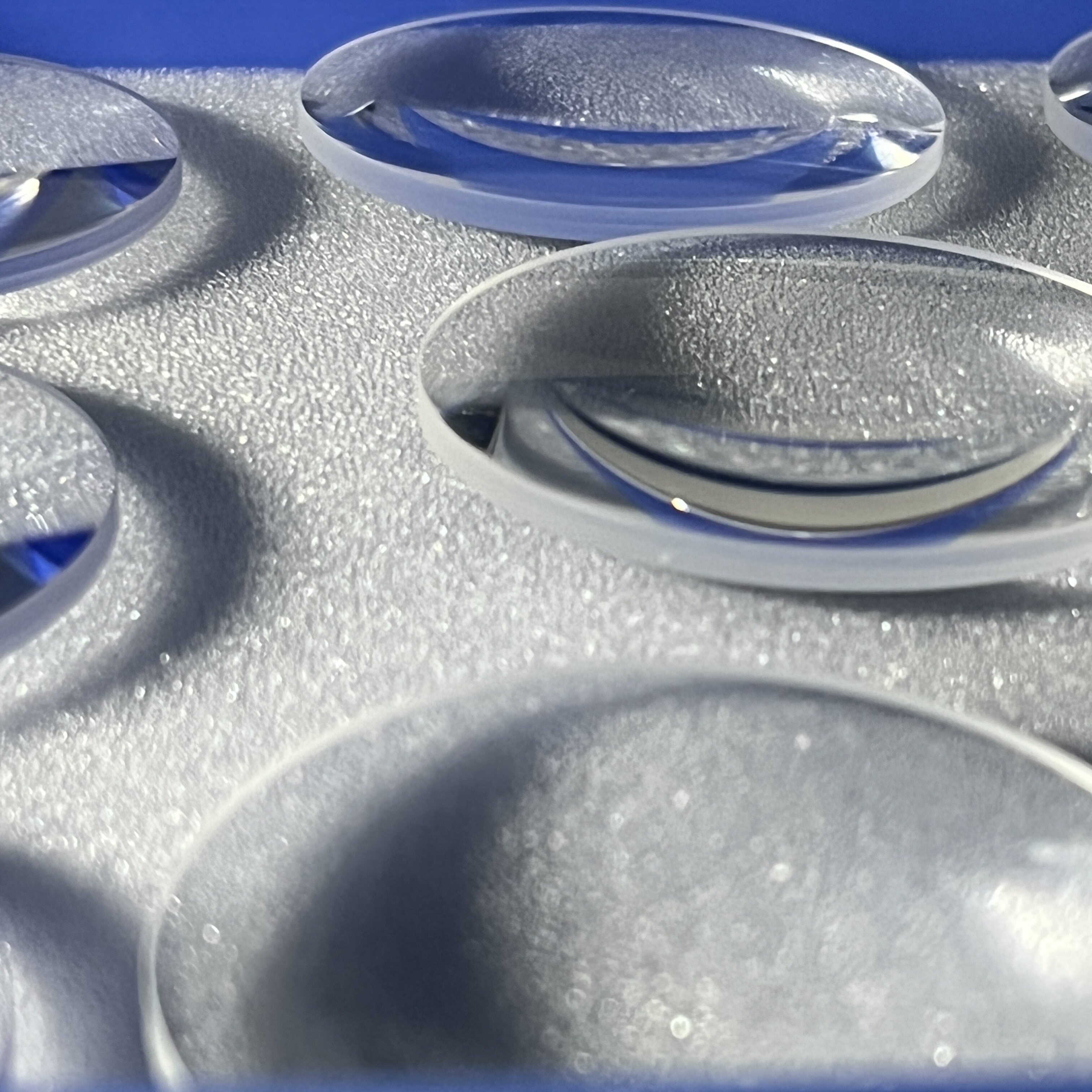이메일 형식 오류
emailCannotEmpty
emailDoesExist
pwdLetterLimtTip
inconsistentPwd
resetAccountPassword
forTheAccount
pwdLetterLimtTip
inconsistentPwd
resetSuccess
resetSuccessTips
login


Comparing Hemispheric Lenses with Fish-Eye Lenses: Pros and Cons
2023-08-05 10:43:42
When it comes to capturing wide-angle shots, photographers and videographers often turn to specialized lenses to achieve the desired effect. Two popular options for wide-angle photography are hemispheric lenses and fish-eye lenses. In this blog post, we will compare the pros and cons of these two lens types, shedding light on their unique features and applications.
1. Hemispheric Lenses:
Hemispheric lenses, also known as 180-degree lenses, offer an expansive field of view, capturing a complete half-sphere image. These lenses are designed to minimize distortion and provide a more natural perspective. The key advantages of hemispheric lenses include:
a) Minimal distortion:
Hemispheric lenses are engineered to reduce distortion, resulting in images that closely resemble the human eye's natural field of vision.
b) Enhanced image quality:
With advanced optics and precise calibration, hemispheric lenses deliver high-quality images with excellent sharpness and clarity.
c) Versatile applications:
Hemispheric lenses find applications in various fields, including surveillance, virtual reality, and architectural photography, where capturing a wide field of view is crucial.
However, hemispheric lenses also have some limitations:
a) Limited angle of view:
While hemispheric lenses provide an expansive field of view, they are restricted to a 180-degree angle, which might not be sufficient for certain ultra-wide-angle shots.
b) Higher cost:
Due to their specialized design and advanced optics, hemispheric lenses tend to be more expensive compared to other wide-angle options.
2. Fish-Eye Lenses:
Fish-eye lenses are renowned for their extreme wide-angle capabilities, capturing a field of view that exceeds 180 degrees. These lenses create a distinct visual effect, characterized by barrel distortion and a curved perspective. Let's explore the advantages of fish-eye lenses:

a) Ultra-wide field of view:
Fish-eye lenses offer an unparalleled wide-angle perspective, capturing a vast scene in a single frame.
b) Creative distortion:
The unique barrel distortion effect produced by fish-eye lenses can add a creative and artistic touch to photographs, making them popular among certain genres like landscape and experimental photography.
c) Affordable options:
Fish-eye lenses are available in a wide range of price points, making them more accessible to photographers with varying budgets.
However, fish-eye lenses also have their drawbacks:
a) Pronounced distortion:
The strong distortion effect produced by fish-eye lenses may not be suitable for all types of photography, especially when capturing subjects with straight lines or architectural elements.
b) Reduced image quality:
Due to the extreme wide-angle nature and curved perspective, fish-eye lenses may exhibit some loss of sharpness and clarity towards the edges of the frame.
Conclusion:
In conclusion, both hemispheric lenses and fish-eye lenses have their unique advantages and limitations. Hemispheric lenses offer minimal distortion and excellent image quality, making them suitable for a wide range of applications. On the other hand, fish-eye lenses provide an ultra-wide perspective and creative distortion, making them popular for certain artistic purposes.
As a hemispheric lens wholesaler, we offer a wide range of high-quality products designed to meet the diverse needs of photographers and videographers. Explore our collection today and elevate your wide-angle photography to new heights!
문의하기


